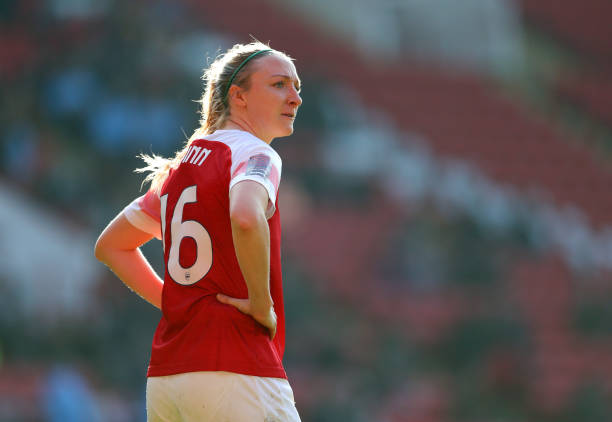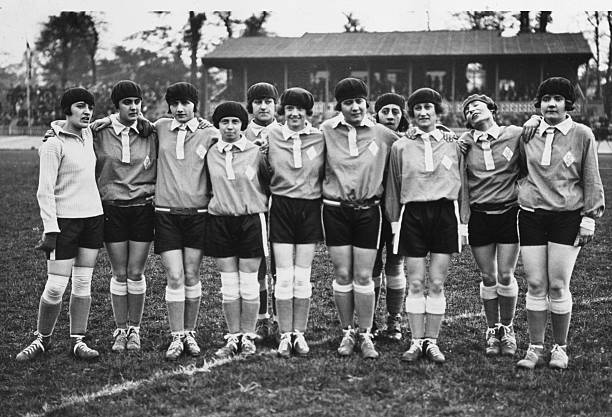3Not an even playing field

Football hasn’t always been with us, although it often feels like that. It’s a game that nobody – male, female or non-binary – knew how to play before 1863. By 1920, some women’s games were attracting over 50,000 supporters and some grounds were too small to cope with the demand to watch them play.
Contrast that with today where one of the stated aims of the rejigged Women’s Super League is to increase regular gates to 2,000.
So how did that happen? How did a sport, that was once engaging enough to generate demand that could not be met fall so low it struggles to get any broadcast coverage and often sees just a few hundred turn up to games?
Lily Parr was a player who had a shot so fierce she once broke the arm of a male goalkeeper. The first female player to be sent off for fighting, she stood over 6ft tall and scored more than 1,000 goals in a career that spanned 31-years. She debuted at 14 and scored 34 goals in her first season.

Along with some other factory workers from Preston, she formed part of the Dick Kerr Ladies, the biggest draw in world football but they started at a time when many men who would have been playing were off fighting in World War I. Although women’s football had been in place prior to the breakout of war, like with so many other industries, it was only when the country was desperate did they allow women to fulfill roles traditional serviced by men. Those women then, of course, surprised many by being more than capable of doing whatever that was asked of them.

Informal kickabouts started at factories but as the war wore on, the game became more formalised, and games, that started as a novelty, soon became established as people willingly turned up to watch because of the skill of the players.
When the war came to an end people continued to turn up to watch women’s football in their tens of thousands. But the establishment wanted women back in the kitchen, where they belonged. If you’re female and involved in football today, chances are you already know that’s where you’re supposed to be.
None too pleased at this new-found freedom women had been handed, the FA declared football unsuitable for females in 1921 and called on clubs belonging to the associations “to refuse the use of their grounds for such matches.” It didn’t matter that their war effort had been every bit as integral as the men fighting on the front, women would not be allowed to continue in this manner.
Today, almost 100 years later, the women’s game is still fighting to recover.
Those years show us clearly there is an appetite to watch women’s football from the general public and that women, as we see clearly today if we pay enough attention, are more than capable of producing football that entertains the masses.
But if you stopped a random sample of men on the street and asked them about women’s football, they would be clueless. Women just aren’t as good as men and that’s all there is to it.
It is, after all, a ‘man’s’ game.
It’s not and never has been but to break the cycle we find ourselves in, something is going to have to give. Either the media need to start giving women’s football significantly more coverage to show the public that this is something they should care about, or the public needs to change its mind all by itself. That hardly seems likely.
The FA didn’t lift the ban on women’s football for 50 years.
TV wasn’t invented until six years after women’s football was banned. The BBC only introduced colour television four years before it was restored. It’s no wonder the public have ‘no interest’.
By the time women were allowed to kick a ball again the men’s game had seen untold investment and exposure.
I wonder if anyone back then said, ‘it’s probably not worth it?’
In November, Martin Samuel the Daily Mail’s Gammon-in-chief, explained it very clearly why there is so little coverage of the women’s game – it’s because the men in charge, like him, think it’s not ‘super’ enough.
Read about that next…

